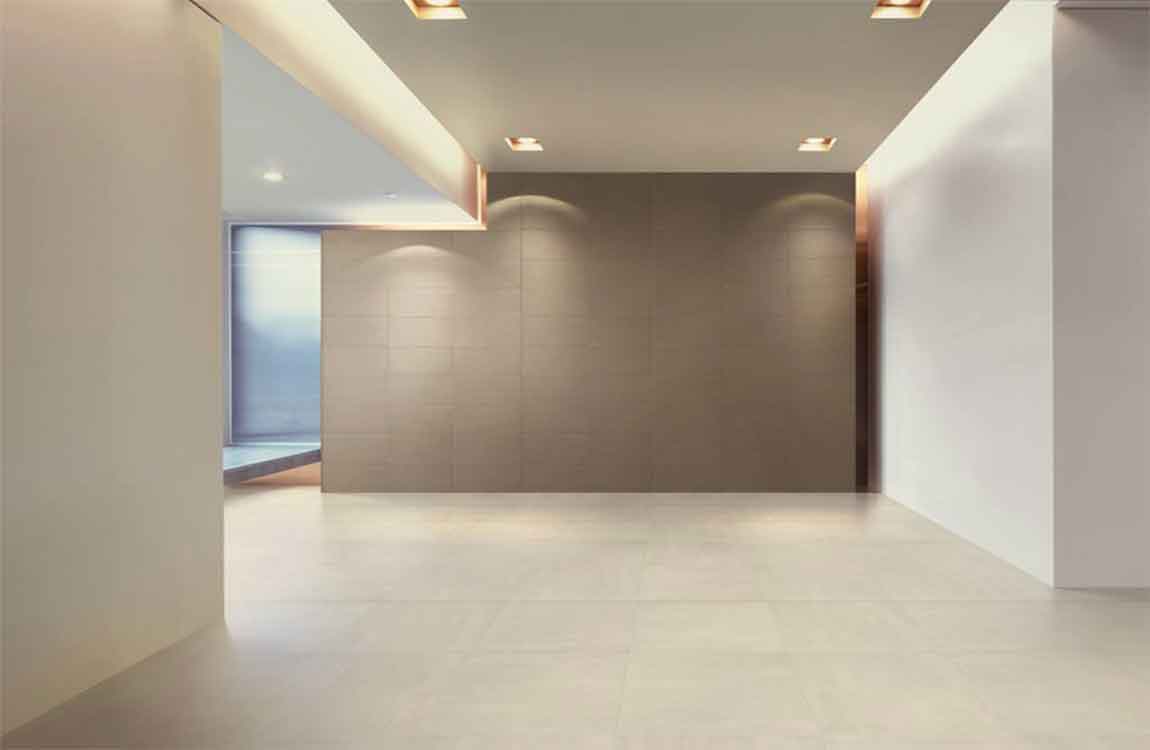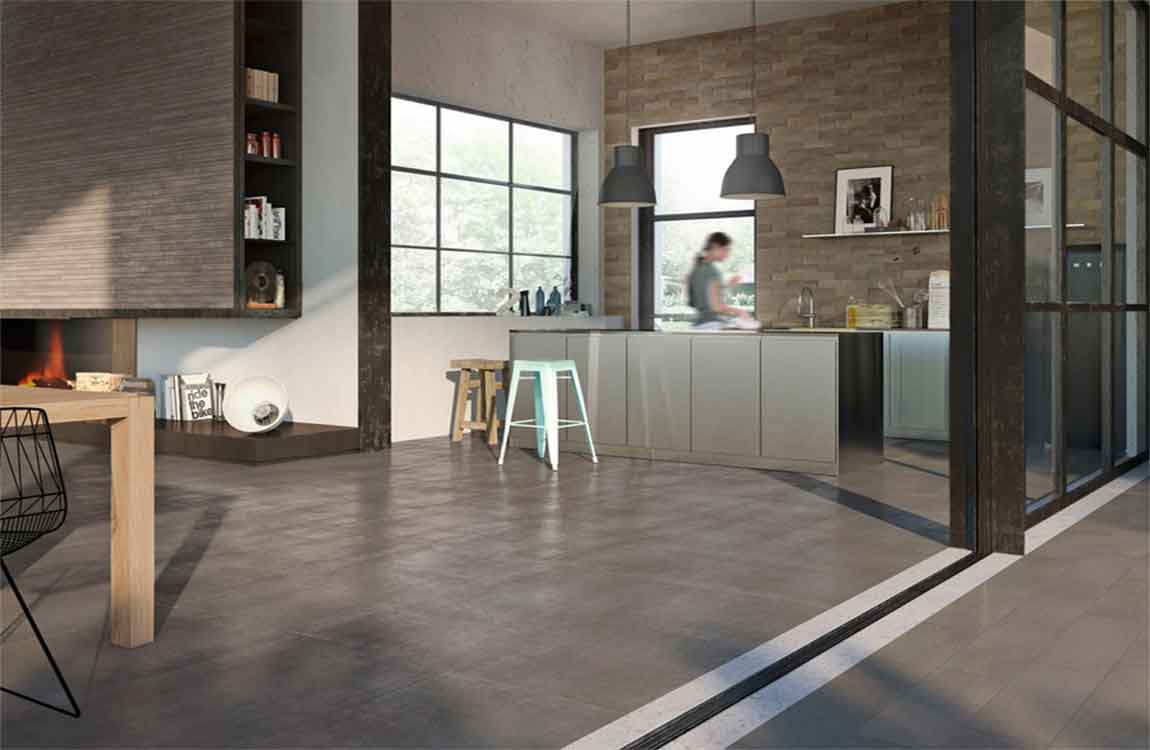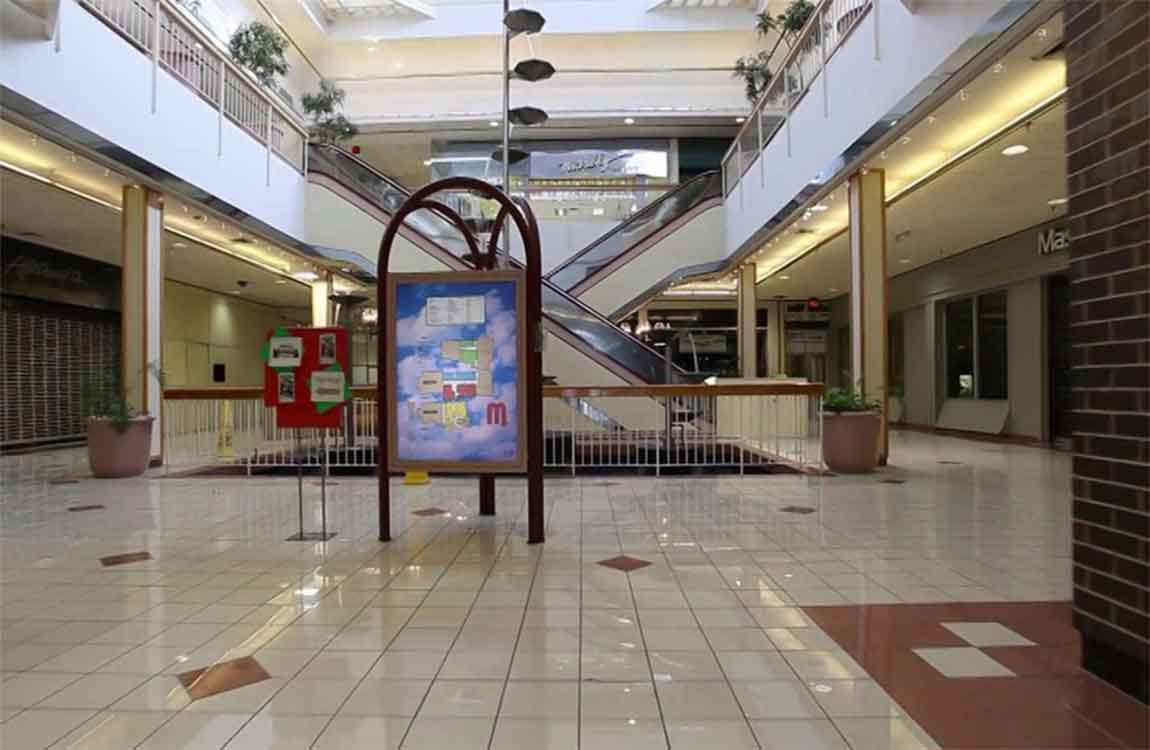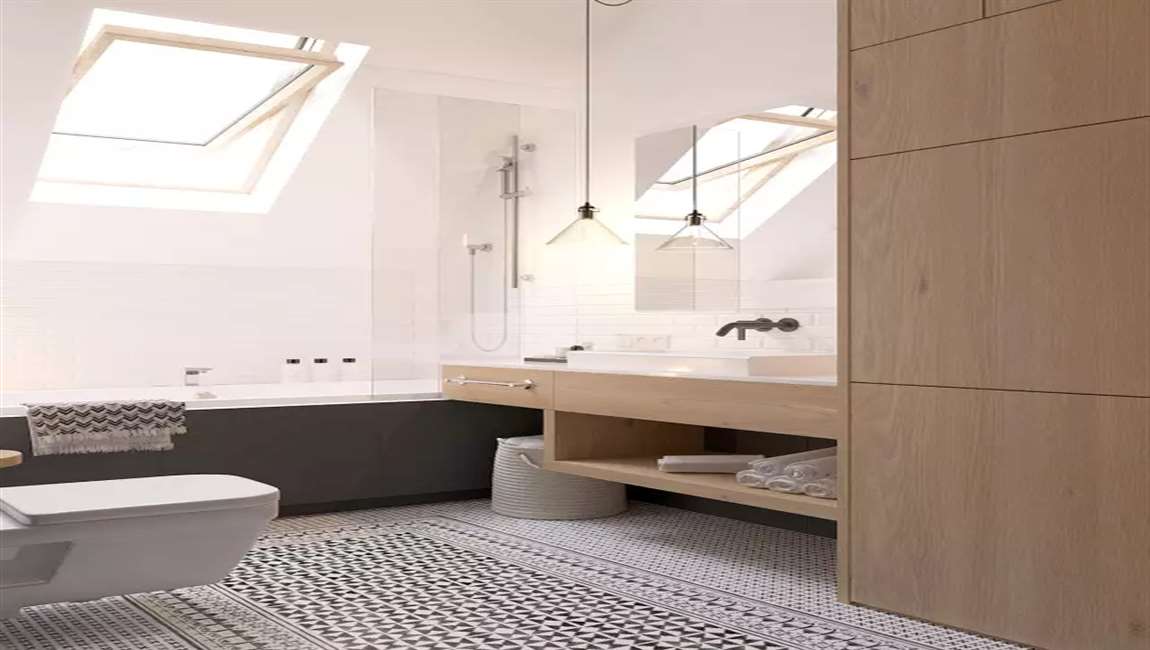How to Clean Concrete Patio
With everything that happens on your concrete patio – weather, barbeques, kids playing, oil spills – it’s no wonder that it needs a good cleaning once in a while. By mixing up the appropriate cleaner, carefully cleaning the concrete, and addressing special stains, you can get your patio cleaned up in no time.
These products will break down the stains. Apply the degreaser to the stain, then scrub it into the concrete. Allow it to sit for a few hours or as prescribed by the product instructions. Pat the spot with a utility rag to pull up the stain, then remove the excess with clean water. Reapply the degreaser as necessary.
You can dilute the degreaser if the stain is fresh. Some stains may require multiple applications. You can purchase a concentrated degreaser online or from most home improvement stores. Alkaline products can also neutralize acids that have soaked into the concrete. Use bleach and laundry detergent to remove mildew.
If you have plants on or near your concrete patio, the moisture they trap under their leaves can leave mildew stains. Mix 1 quart (slightly less than 1 L) of bleach with 3 quarts (slightly less than 3 L) of water. Add 1/3 cup (237 mL) of laundry detergent and mix the solution well. Apply the solution with a stiff-bristled brush and let it soak until the stain turns white. Be sure not to let it dry.
You can also try moving your plants to another area of the patio, and letting the sun and air clear the mildew away naturally. Use vinegar to remove algae. If you have algae on your concrete, you can use undiluted distilled vinegar and a stiff-bristled brush to clear the stain. If you have a larger area affected by algae, you can also try filling a liquid fertilizer applicator with pool chlorine and spray it through a garden house.











